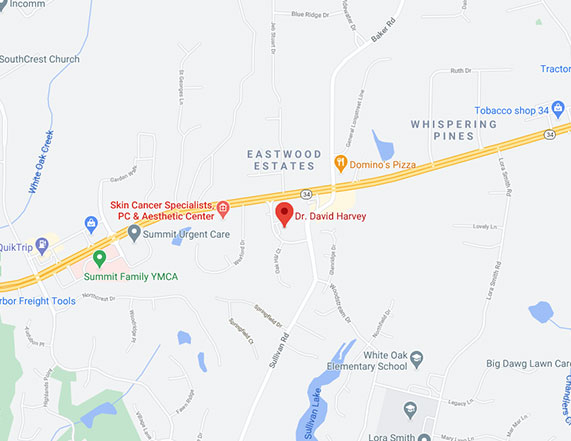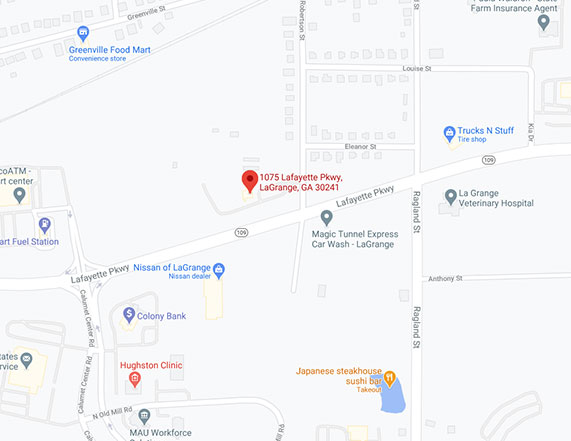Sunscreen Use- What you need to know

David T. Harvey, MD, FAAD, FACMS Mohs Surgeon & Cosmetic Dermatologist
I happened upon a recent update on sunscreen use by a respected colleague and teacher Henry Lim and was quite impressed by the data presented in his article “Current Sun Protection Recommendations: A Clinical Update”. This article is a must read for all medical providers and consumers. It tackles some important information on the nature of sunscreen benefits, what to look for, what is the best way to apply them and even briefly discussed controversies such as Vitamin D regulation and how sunscreens may impact this. I found this a useful article because, as a surgical dermatologist and skin cancer doc, I am always trying to relay to patients a quick and painless way for them to remember what to do while enjoying the outdoors. Here is a brief synopsis of what I learned and, accordingly, what I will start to impart to patients.
Sunscreen is a universal need. There a 2 main components of Ultraviolet Radiation (UVR) that pose a risk to man, These are UVA and UVB rays. UVA is derived of a longer wavelength of energy (320-400 nm) and UVB consists of a shorter wavelength 280-320 nm). Both can cause skin cancer via either direct DNA damage ( UVB) or oxidative stress (UVA). It is important to choose sunscreens that protect us against both of these wavelength to give us the best chance for skin protection while outdoors. This is because skin cancer development is the most concerning bad outcome of excessive UVR exposure. There is a proven link between UVR and the development of basal cell carcinoma (BCC), squamous cell carcinoma (SCC) and malignant melanoma (MM). In our country, the American Cancer Society reports that more than 3.5 million nonmelanoma skin cancers and nearly 77,000 invasive melanomas are diagnosed on an annual basis.
These are the things I will stress to all patients as I modify what I previously told them.
Be aware of the strength of the sun at your location. A good way to do this is to look at the UV Index (1-10) in the paper. In the south where I live, Peachtree City GA, the Index is often a 10 so we need to be careful on most days. In general lower latitude positions around the equator often have more UVR. Higher latitudes are also seeing this due to the depletion of the ozone layer around the polar caps. Also, be careful at higher altitudes – when skiing or flying, the sun is more intense at higher altitudes. The ozone only protects below 45,000 feet but pilots still get more UV than on the ground. Also be aware of reflective surfaces, like high altitude skiing and the sun can also reflect off of snow and water and still cause damaging effects even though you think you might not be affected that much by colder temps.
Don’t I need the sun for Vitamin D? Dr. Lim mentions a study which reviewed photoprotection and vitamin D levels and this study noted that regular use of sunscreen does not appear to greatly decrease the production of vitamin D. He further notes that the need for vitamin D should not be the reason to forego sun-protection habits. It is much safer to obtain vitamin D through diet or supplements than through deliberate UV exposure. Patients who are at risk for vitamin D insufficiency should be tested by their primary care clinician and receive oral vitamin D supplementation if needed
Seek shade at midday (10 am to 2 pm). It’s a good idea to plan activities earlier or later in the day because of this. seek shade if you can. Trees may variably protect you, depending on foliage density anywhere from a SPF of 4 to 50. Glass only protects you from UVB rays. UVA rays may still get through. This is important to consider when driving.
Use a Sunscreen with an SPF of a least 30 that says Broad Spectrum. The broad spectrum label means that the screen has been tested against UVA and UVB rays and protects against both. The main point here is that just because you use sunscreen doesn’t mean that sun’s rays can’t effectively penetrate your skin. You can’t be overconfident after you apply one coat of sunscreen. Remember to reapply every two hours. Children less than 6 months old should avoid the sun if at all possible.
Use SPF rated clothing when possible. This is great for little ones (shirts) or golfers hats. Make sure the hat is dense and not a straw hat. On average. Dr. Lim reports that hats provide an SPF of 7 for the nose, 3 for cheeks, 5 for the neck, and 2 for the chin. Baseball caps give only about an SPF of 1.5 at most.
Avoid tanning beds and sun lamps. These are dangerous. Tanning lamps emit primarily UVA radiation and many others emit less UVB. The doses of UVA emitted by tanning units may be up to 10 times those found naturally Use of indoor tanning raises the risk of skin cancer, including melanoma, in adolescents and young adults so stay away. Up to 75% of melanomas that occur in these younger age groups can be attributable to tanning bed use. One tanning bed exposure can increase the risk of melanoma development by up to 20% over baseline.
So in summary, stay protected and remain vigilant. Skin Cancer can be a deadly disease and is on the rise . Last week, even the surgeon general noted that there is a skin cancer epidemic in our society, with more cases diagnosed annually than breast, prostate, lung and colon cancer cases combined.
So remember to “slip” on a shirt (SPF rated), “slop” on sunscreen and “slap” on a hat (and don’t forget your UV protected sunglasses)… your skin will thank you and so will your dermatologist.


